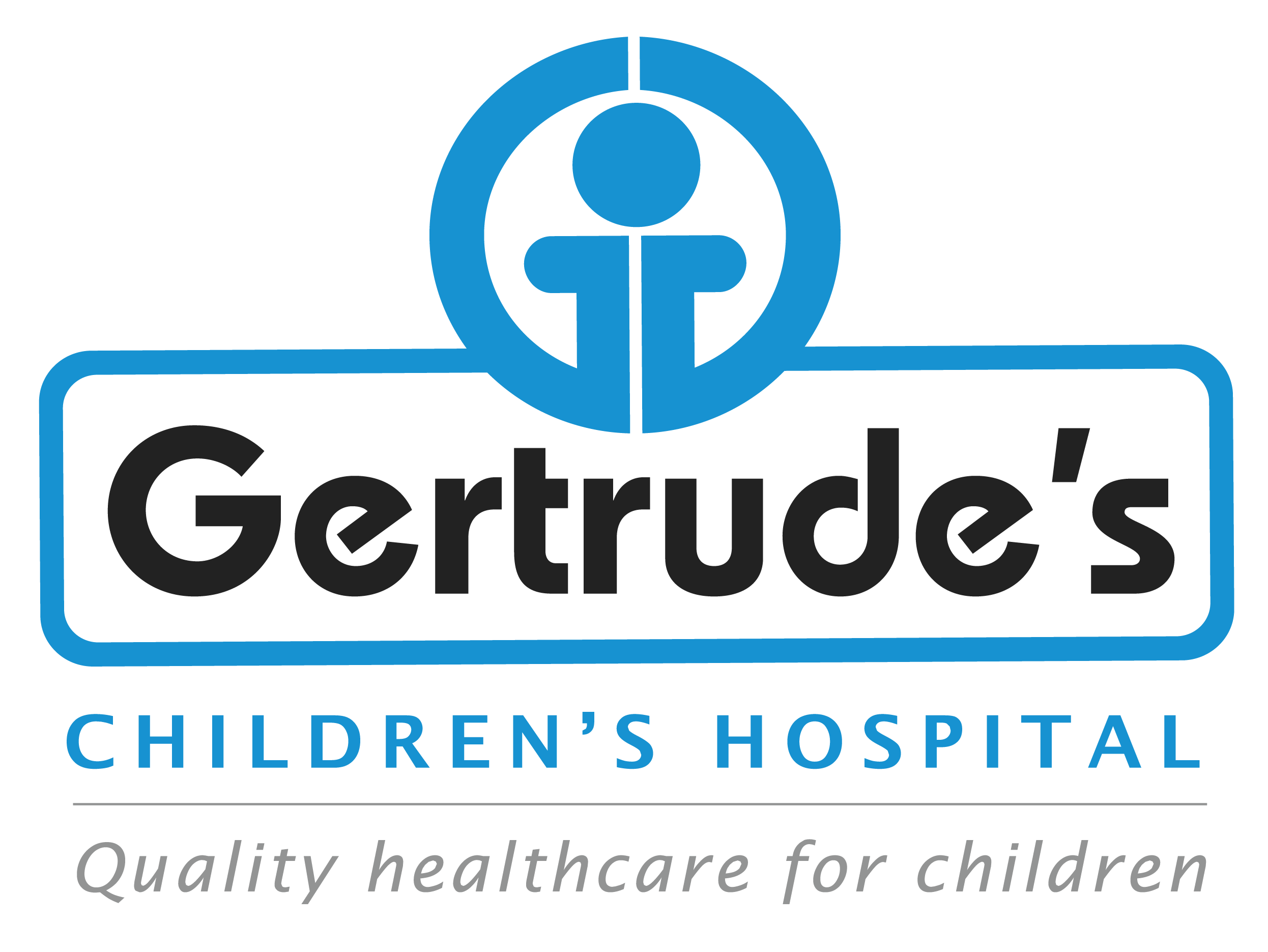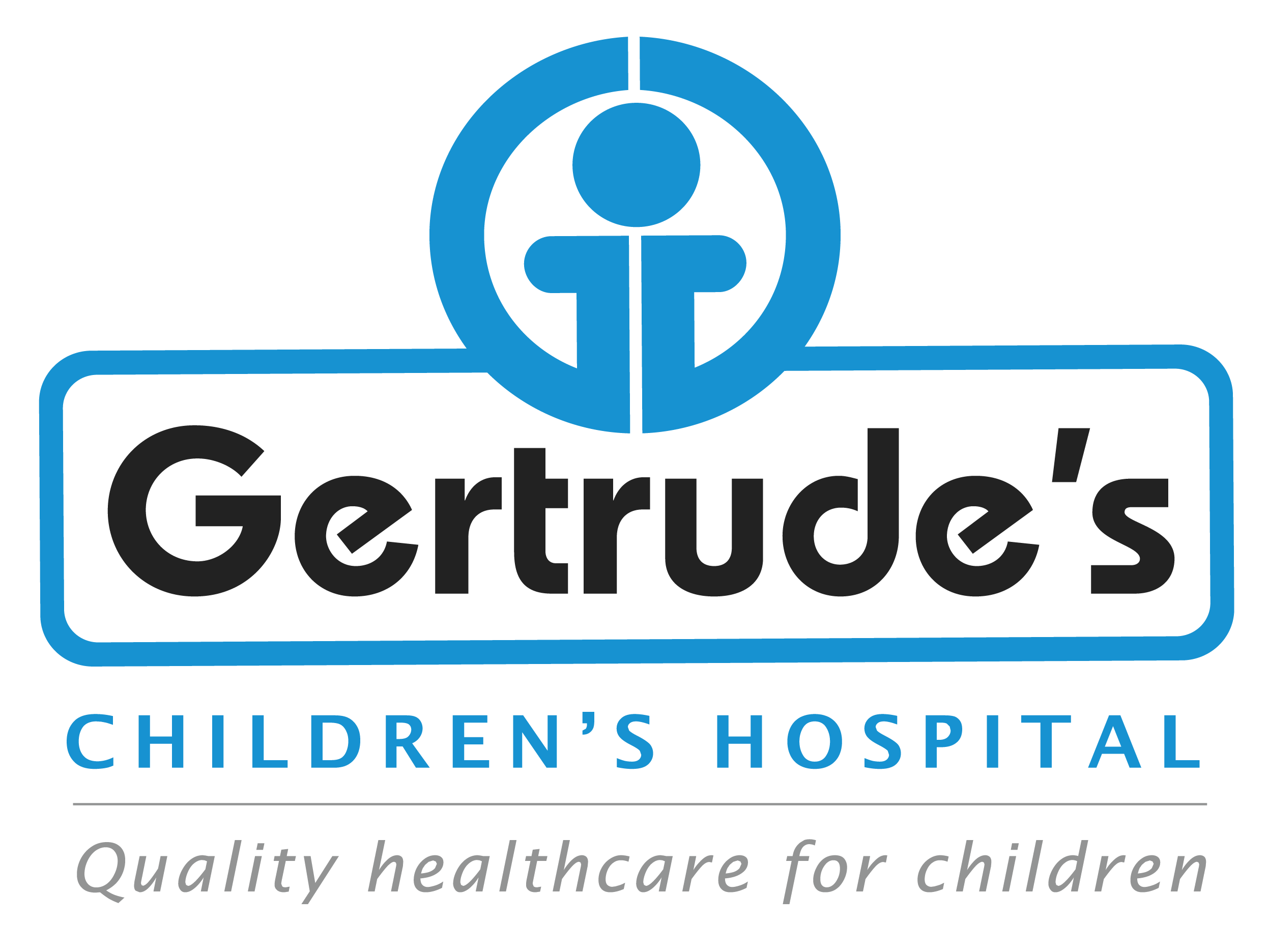A cholesteatoma is an abnormal, non-cancerous growth of skin cells that forms behind the eardrum, usually in the middle ear. While it’s not a tumor, a cholesteatoma can cause significant damage if left untreated, as it can grow over time and erode the bones of the middle ear, leading to hearing loss, infections, and other serious complications. Cholesteatomas in children can be congenital (present from birth) or acquired due to chronic ear infections or eustachian tube dysfunction. Early diagnosis and treatment are crucial to prevent long-term damage and preserve hearing.
Symptoms
- Hearing loss: Gradual or sudden hearing loss in one ear is a common sign, as the cholesteatoma can block or damage the structures involved in hearing.
- Foul-smelling ear discharge: A persistent, often foul-smelling discharge (otorrhea) from the ear, which may indicate an infection.
- Ear pressure or fullness: A feeling of pressure or fullness in the affected ear, similar to that of an ear infection.
- Ear pain: While some children may not experience pain, others may report discomfort or pain in the affected ear, especially if there is an infection.
- Dizziness or balance problems: As the cholesteatoma grows, it can affect the balance structures in the ear, causing dizziness or vertigo.
- Recurrent ear infections: Frequent ear infections are common in children with cholesteatomas, as the growth can trap bacteria and block normal drainage from the ear.
Causes
- Chronic ear infections: Repeated ear infections can cause damage to the eardrum, leading to a pocket where skin cells can collect and form a cholesteatoma.
- Eustachian tube dysfunction: The eustachian tube connects the middle ear to the back of the throat and helps regulate ear pressure. When it doesn’t function properly, negative pressure can pull part of the eardrum inward, creating a pocket that traps skin cells and leads to cholesteatoma formation.
- Congenital cholesteatoma: Some children are born with a small collection of skin cells in the middle ear that grows over time, leading to a congenital cholesteatoma.
Diagnosis
- Otoscopy: The doctor will use an otoscope (a lighted instrument) to examine the ear canal and eardrum. The cholesteatoma may appear as a white or gray mass behind the eardrum.
- Audiometry (hearing tests): Hearing tests may be conducted to assess the extent of hearing loss caused by the cholesteatoma.
- CT scan: A CT scan of the ear can help the doctor visualize the size and extent of the cholesteatoma and determine whether it has affected the surrounding structures, such as the bones of the middle ear or the inner ear.
- MRI: In some cases, an MRI may be ordered to provide detailed images of the soft tissues and detect any complications, such as the involvement of the facial nerve.
Treatment Options
- Surgical removal:
The primary treatment for cholesteatoma is surgery, known as tympanomastoidectomy. During this procedure, the surgeon removes the cholesteatoma and repairs any damage to the eardrum or middle ear bones. In more advanced cases, reconstruction of the middle ear bones may be needed to restore hearing. - Hearing restoration:
If the cholesteatoma has caused significant hearing loss, the surgeon may perform additional procedures to reconstruct the middle ear structures, improving hearing after the cholesteatoma is removed. - Ongoing monitoring:
Cholesteatomas can recur, so children who have had surgery will need regular follow-up visits to monitor their ear health and hearing. In some cases, a second surgery may be necessary if the cholesteatoma returns. - Antibiotics and ear drops:
In cases where infection is present, antibiotics and ear drops may be prescribed to treat the infection before or after surgery.
Why Choose Us
Expert team
Our pediatric specialists have extensive experience in treating children.
Personalized care
We create treatment plans that fit each child’s unique needs
Support and education
We teach children and families how to care for them and prevent future cases
Advanced treatments
Access to the latest treatments and products
Contact
Please feel free to contact us with any general or medical enquiry by calling us.





